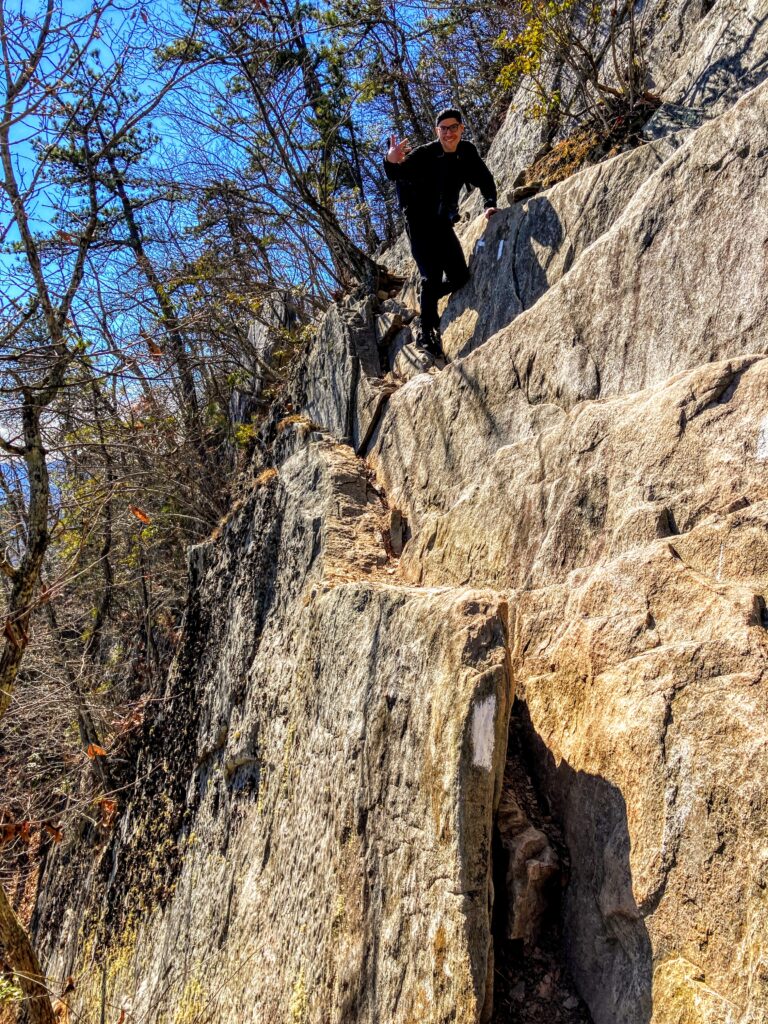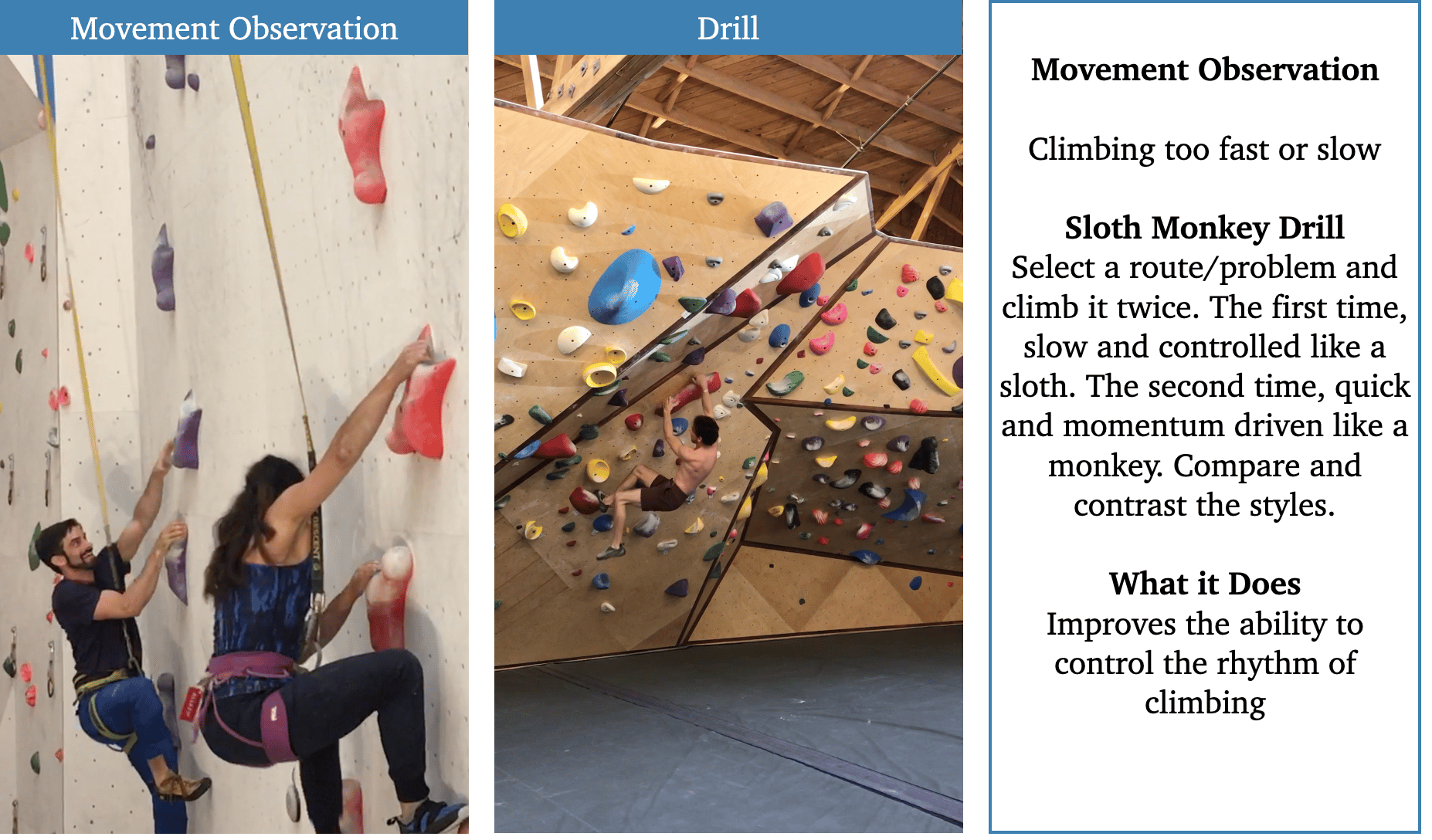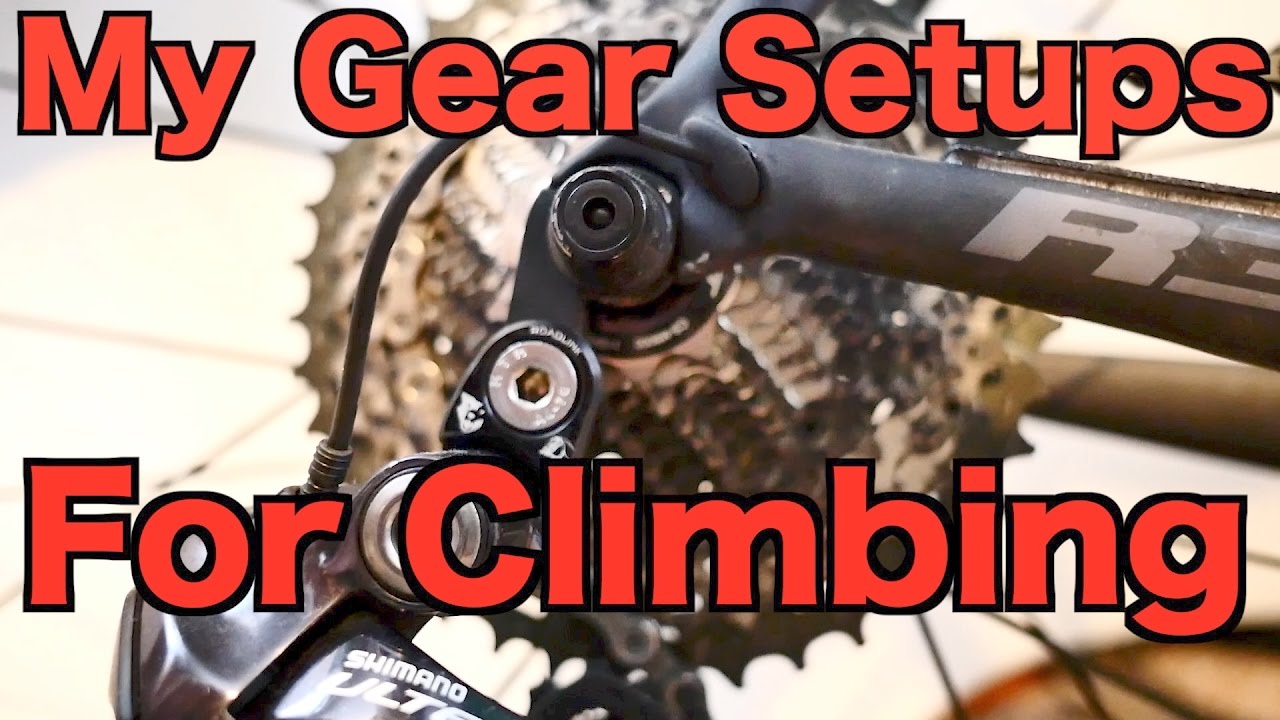🔥 Best MTB GEAR DEALS ON AMAZON
What is a Mountain Bike Chainring?
At the heart of every mountain bike’s drivetrain lies a crucial component known as the bike chainring.
Mountain biking is an exhilarating outdoor activity that combines physical exertion, adrenaline-pumping descents, and challenging climbs.
The chainring is an essential part of the bike’s gearing system, playing a significant role in determining how efficiently power is transferred from the rider’s legs to the wheels.
Also Read:
Broken Front Derailleur: A Cyclist’s Guide
A Guide to Fix Falling Off Loose Bike Cranks
How Long is a Bike? [Finding Your Perfect Bike Size]
How to Attach a Bike Trailer Without Coupler? A Quick Guide!
Can You Put Pegs on a Mountain Bike? Unraveling the Pegs Mystery!
One of the intriguing debates in the mountain biking community revolves around oval and round chainrings.
Oval chainrings, also known as elliptical chainrings, claim to offer improved power delivery and reduced leg fatigue compared to traditional round chainrings.
These oval-shaped chainrings are designed to align with the natural pedal stroke, providing a smoother and more efficient rotation.
Aluminum Vs. Steel Chainrings
The choice between aluminum and steel chainrings boils down to considerations of weight, durability, and cost.
Aluminum chainrings are favored for their lightweight properties, contributing to a more agile and responsive ride.
On the other hand, steel chainrings are renowned for their exceptional durability, making them a preferred choice for riders who tackle rugged and demanding trails.
Why Chainring Tooth Profiles Matter
The tooth profile of a chainring significantly impacts the bike’s shifting performance and overall drivetrain efficiency.
Chainring tooth profiles come in various designs, such as narrow-wide, which enhance chain retention and reduce the risk of chain drops.
These profiles work in tandem with the rear cassette’s design to provide smooth and precise gear changes.
Also Read:
Mountain Bike Handlebars: The Ultimate Guide to Finding the Perfect Fit
Mountain Bike Cassettes: A Comprehensive Guide for Gear Enthusiasts
Zacro Bike Seat Gel Padded Bike Cushion for Men & Women
Choosing the right chainring size and type can elevate your performance and enjoyment on the trails.
By evaluating your riding style, terrain preferences, and fitness level, you can confidently select a chainring that complements your skills and maximizes your biking adventures.
When it comes to optimizing your mountain bike’s performance, selecting the right chainring size plays a pivotal role.
Your choice can significantly impact your cycling experience, power transfer, and overall efficiency.
In this comprehensive guide, we’ll delve into the world of mountain bike front chainring size options, providing you with the insights you need to make an informed decision.
Small chainrings are a vital component in tailoring your mountain bike to your preferred riding style and terrain.
Whether you’re tackling steep climbs or navigating technical trails, opting for smaller chainring sizes can provide you with the advantage of easier pedaling and improved control.
Our guide takes you through the benefits of small chainrings and how to integrate them into your setup.
Large Chainrings
For riders who crave speed and power on flatter terrains, large chainrings come into play.
Discover the advantages of larger chainring sizes and learn how to enhance your mountain bike’s top-end speed and momentum.
We’ll explore gear ratio considerations and equip you with the knowledge needed to make your bike a force to be reckoned with.
Also Read:
5 Best Bike Racks for Jeep Grand Cherokee
6 Best Bike Racks for Mazda CX-5: Hitch, No Hitch, Trunk & Roof Mount
The 5 Best Bike Racks for Subaru: Hitch Roof & Trunk Mount (2023)
The 5 Best Bike Racks for Rav4: Toyota Rav4 Hitch, No Hitch, Roof Mount & Spare Tire Racks
A 32 Tooth Chainring
The 32 tooth chainring strikes a harmonious balance between climbing prowess and flat terrain efficiency.
It’s a versatile option favored by riders who frequently encounter varying terrains.
A 34 Tooth Chainring
With a slightly larger diameter, the 34 tooth chainring offers enhanced speed capabilities while maintaining a respectable climbing ability.
This size is often favored by riders who prioritize a mix of speed and versatility.
A 36 Tooth Chainring
The 36 tooth chainring is geared toward riders seeking improved speed on flatter trails and downhill sections.
It sacrifices some climbing ability for a more exhilarating downhill experience.
A 38 Tooth Chainring
Designed for high-speed pursuits, the 38 tooth chainring is ideal for riders who prioritize flat terrain performance and downhill thrills.
Climbing steep trails may require more effort with this larger chainring size.
How to Decide Between a 32T or 34T Chainring
Choosing between a 32 tooth and a 34 tooth chainring involves assessing your riding preferences and the predominant terrain you encounter.
If you frequently navigate both climbs and descents, the 32 tooth option offers a versatile solution.
However, if your rides lean more toward speed and varied trails, the 34 tooth chainring might be your best bet.
How to Decide Between a 32T or 36T Chainring
The decision between a 32 tooth and a 36 tooth chainring is a trade-off between climbing efficiency and downhill speed.
The 32 tooth chainring provides better climbing capabilities, making it suitable for challenging ascents.
On the other hand, the 36 tooth chainring offers improved speed on flatter sections and descents.
Chainring Replacement as Per Your Biking Requirements
What chainring size will provide assistance, and why should you consider it?
I want to ride faster on uphills
Get a smaller chainring size like a 32t or 34t [Corpse Bike Co Chainring 104 bcd]
I want to ride faster on downhills
Opting for a larger chainring size, such as 36t or 38t, enhances your speed during downhill sections [YBEKI Bicycle Chainring 36t/38t].
My bike is too heavy
Smaller chainring sizes are considerably lighter than larger rings so get a 32t [FIFTY-FIFTY Round 104BCD 32t].
I want to ride faster on flat terrains
Using a bigger chainring like 36t or 38t will help you go faster at the top speed [ISOAR Bike Direct Mount Chainring 36t/38t].
I want a more comfortable long-distance ride
If you want to ride for a long time, it’s good to have a smaller chainring. This makes pedaling easier. So, you can go for a 32t or 34t chainring [Shimano XT SM-CRM85].
When to Use a Smaller Chainring on a Mountain Bike
There are several scenarios where opting for a smaller chainring is advantageous
Reason 1. Climbing is a Struggle
If your favorite trails involve steep climbs, a smaller chainring, such as the 32 tooth, can alleviate the challenge by providing a lower gear ratio. This enables you to conquer ascents with less strain on your legs.
Reason 2. The Terrain is Steep
When navigating technical and steep terrain, a smaller chainring aids in maintaining control and stability. It allows you to spin the pedals more easily and tackle obstacles with finesse.
Reason 3. Extra Weight on the Bike
Carrying additional gear or equipment on your mountain bike can increase the overall weight. A smaller chainring helps offset this weight, ensuring smoother rides even when burdened with extra load.
When to Use a Bigger Chainring on a Mountain Bike
Using a larger chainring can be advantageous in specific scenarios
Reason 1. Higher Speed is Needed
If your riding style leans towards high-speed descents and flat sections, a larger chainring, like the 38 tooth, maximizes your pedaling efficiency and propels you to greater speeds.
Reason 2. More Efficiency on Flat Terrain
On relatively flat trails, a larger chainring ensures that each pedal stroke covers more ground, leading to greater efficiency and maintaining a consistent speed.
Gear Ratio Consideration
The right gear ratio is the key to unlocking peak performance on your mountain bike.
Dive into the world of gear ratio considerations and understand how to achieve the optimal balance between pedaling effort and speed.
Optimal Gear Ratio
Efficiency is paramount in mountain biking, and the optimal gear ratio is your ticket to achieving it.
Uncover the science behind gear ratios and learn how to strike the perfect balance between climbing prowess and downhill speed.
Maximize your energy output and conquer every trail with confidence.
Gear Ratio Calculator
Gear ratio calculator empowers you to make data-driven decisions.
Input your bike’s specifications and riding preferences, and let the calculator do the rest.
With precision in mind, you can fine-tune your gear ratios and experience a ride that’s tailored to your unique style.
Impact of Chainring Size on Mountain Bike Performance
Improved Power Transfer
A well-matched chainring size directly impacts power transfer from your pedals to the wheels.
Experience improved efficiency as you learn how the right chainring size enhances power delivery and responsiveness.
Upgrade your setup to witness a remarkable transformation in your mountain bike’s performance.
Performance Benefits
Choosing the right chainring size goes beyond just numbers.
Discover the array of performance benefits that await you, from quicker acceleration to smoother gear shifts.
Elevate your riding experience and push your limits with a chainring size that perfectly complements your goals.
Terrain-specific Gearing with Consideration to Chainring Size
Climbing Gears
Conquering steep ascents requires specialized gearing.
Delve into the realm of climbing gears and learn how to optimize your chainring size for tackling challenging uphill sections.
Master the techniques that will help you maintain momentum and overcome even the steepest of trails.
Downhill Gears
Descents demand a different approach, and selecting the right chainring size can make all the difference.
Explore the world of downhill gears and understand how to choose a setup that maximizes your control and stability while descending.
Unleash your inner daredevil with a chainring size that’s tailored for downhill domination.
Chainrings Maintenance and Care
Cleaning Chainrings
Your chainrings deserve attention to ensure they perform optimally.
Learn how to clean your chainrings effectively, removing dirt and grime that could hinder performance.
Discover the maintenance routines that will extend the lifespan of your chainrings and keep your bike running smoothly.
Lubrication Tips
Lubrication is key to reducing friction and ensuring smooth gear shifts.
Our guide provides you with valuable insights into proper chainring lubrication, helping you maintain a quiet, efficient, and well-functioning drivetrain.
Keep your chainrings in top condition and enjoy a ride that’s as smooth as it is exhilarating.
Conclusion
Choosing the right mountain bike chainring size is a journey that blends science, technology, and personal preference.
By understanding the nuances of chainring sizes, gear ratios, and their effects on performance, you’ll be equipped to make an informed decision that elevates your cycling experience.
Whether you’re seeking improved power transfer, conquering challenging terrains, or fine-tuning your gear ratios, this guide has you covered.
Unlock the full potential of your mountain bike and embark on your next adventure with confidence.







